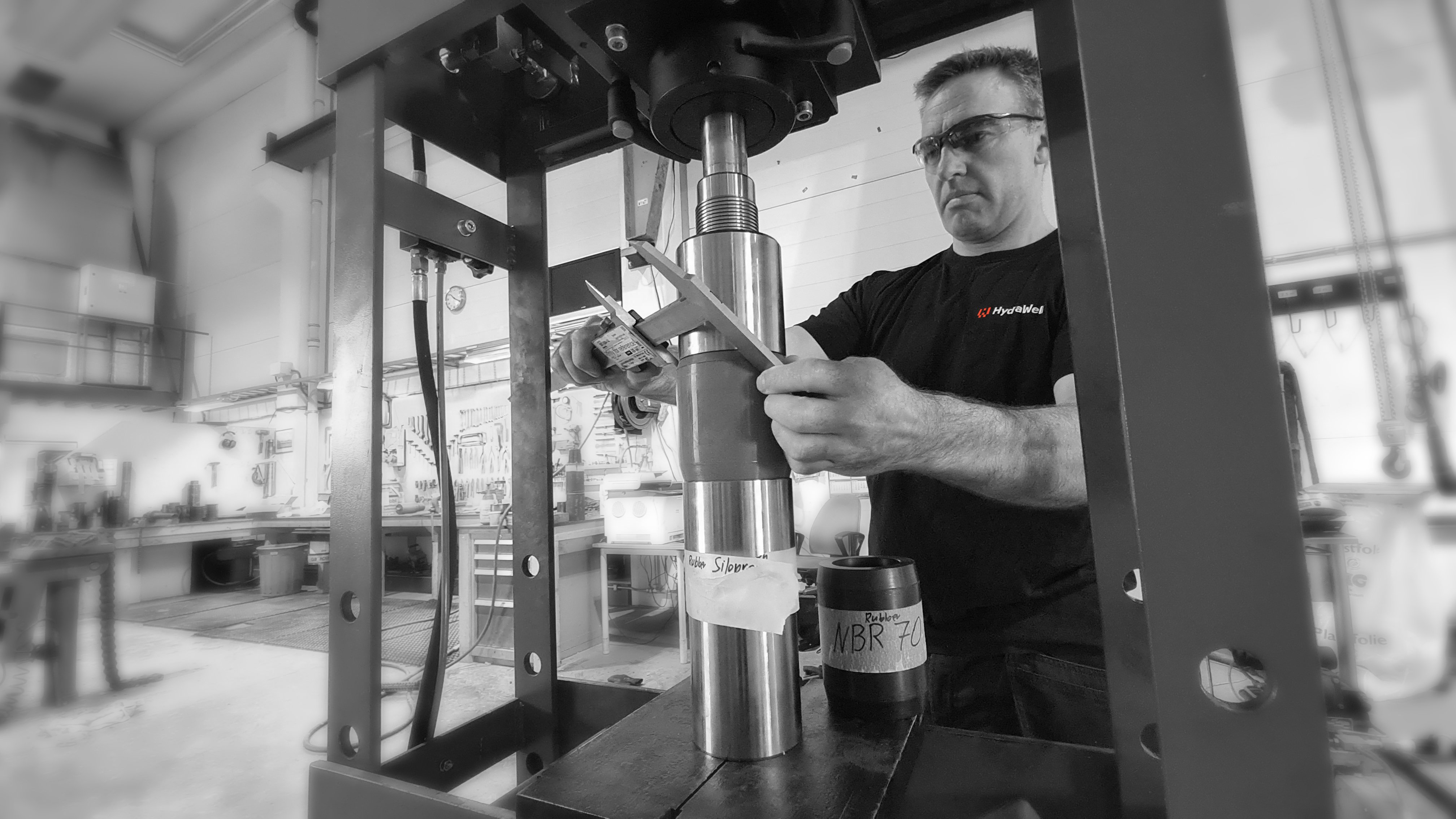What is the value of applying Management of Change to Plug and Abandonment of wells?
If you want to stick to the budget and avoid cost overruns when plugging and abandoning wells, you need to apply an effective Management of Change (MoC) process when dealing with changes from the original program.
During the running of a well operation we are usually following a program of work, a detailed procedure that catalogues the sequence of operations that we are going to do. Often, well abandonment brings a lot of uncertainty, and if we have to deviate from the planned procedure.
In those situations, we should apply a Management of Change process to ensure effective decision making around what we are going to do instead of what is in the program.
One key goal of any well abandonment operation is to deliver on cost control, while at the same time always maintaining safe operations and minimal environmental impact. Often, there will be changes to the procedures of a large number of wells, even as many as half of all wells to be abandoned in a campaign of work will have some sort of change to be implemented to the original programme.
Common factors driving uncertainty in P&A operations are changes or unknowns in the well configuration and in well conditions. The well may have deteriorated, there may be corrosion, fluid decomposition, deposition of solids, or failures in the casing and tubing, all of which are issues that were not there when the well was built, and there is often no data to indicate or confirm these conditions.
Applying Management of Change is commonly considered as good practise in all well operations. However, it is often not well applied. For example, in some circumstances, the supervisor at the wellsite will either think they have been given the authority, or in some cases actually have been given the authority to make amendments during the well operation.
Whenever a problem comes up, they evaluate the problem and come up with an alternative based on previous experience. However, this decision has not been peer-reviewed or authorized. The original, prepared, program has gone through processes that ensure that the sequence of steps make sense and that they are safe, that the operation won’t have an environmental impact, and that it will produce the correct end-result. The process has been reviewed by management and they have signed off on it.
The Management of Change process allows these critical Quality Assurance steps to be applied to any change being considered, as well as to the original plan.
It can be quite difficult to write a procedure or program of work that can account for everything that could possibly happen. At some point something that wasn’t expected does happen, and a procedure has not been prepared in advance, to account for what should happen next.
However, let’s be clear, any MoC process must not stop operations people from taking the necessary steps to maintain well control and a safe operation.
How should you use the different teams to your advantage?
You should apply MoC by having two different teams dealing with the programme of work. There should be one team running the operation and another team responsible for writing the programme (usually engineers). If you reach a point in the well operation where you’re not sure what to do next, if at all possible, you should consider suspending that well operation and moving on to the next well.
To facilitate this, wherever possible, you should have programmes in place for at least 2-3 more wells, so that you have all the necessary approvals to start on the next well. This is partly so that the engineering team has the time to work on the programme revision for the suspended well, to come up with different solutions and options, and to have their proposed change properly peer reviewed.
If you don’t go through this process, you often end up with a bigger problem and it could take much longer to complete the well operation.
What could happen if you don’t apply MoC to the P&A process? An example:
If one were going to perforate some casing with a tubing conveyed perforating gun, the trigger mechanism for those guns may have a temperature sensor in it, meaning the guns can only fire when a certain temperature has been observed by the sensor. Imagine if you’re going to run those guns in and the firing head sensor has been calibrated to the temperature gradient in the well, when, the operation supervisor explains that we should make sure that the fluids in the well are clean before we make the perforation, and that we must circulate the fluids in the well to clean fluid from surface.
After this is done, we go back to the procedure and continue with the next step, which is to run-in and activate the guns. For some reason, the guns don’t appear to fire, and we are not sure why. They could have fired without us being able to observe the activation for some reason, or the equipment may have failed in some way.
In any case, we have to pull the guns back to surface, and when we get them up, notice that they have not in fact been fired and that we now have explosives back on surface again, which must be carefully managed to ensure a safe working environment. Also, we have to figure out why they failed to fire, which will take up time and therefore cost.
We would have to start up an investigation into the reason why they did not fire, and then, later on, find out that the reason the guns didn’t fire was because we changed the temperature profile of the well by circulating the fluid. As the guns require a certain temperature to be fired, they ended up not activating due to the colder temperature as a result of a step that was not originally in the program. This might not have been considered by someone in the role of operations supervisor but could also have happened because they were busy running the operation.
The change was not reviewed or authorized in the proper way by others at the time and was made without considering the range of consequences the extra step would have.
If there had been someone to review the step, then they might have realized that the change would have caused a problem, and would have done the circulation earlier, before confirming the temperature profile in the well.
This is why we want the onshore engineers who are familiar with the equipment, hazards, technical risks, and possible uncertainties, and the time to fully consider the possible consequences, to take the time to write the procedure and any amendments.
We want operations supervisors to focus on running the operation and delivering the programme. Let’s face it, we wouldn’t want those same onshore engineers running the offshore operations.
In this free white paper, you can get more insight into well abandonment planning. Click to download:





